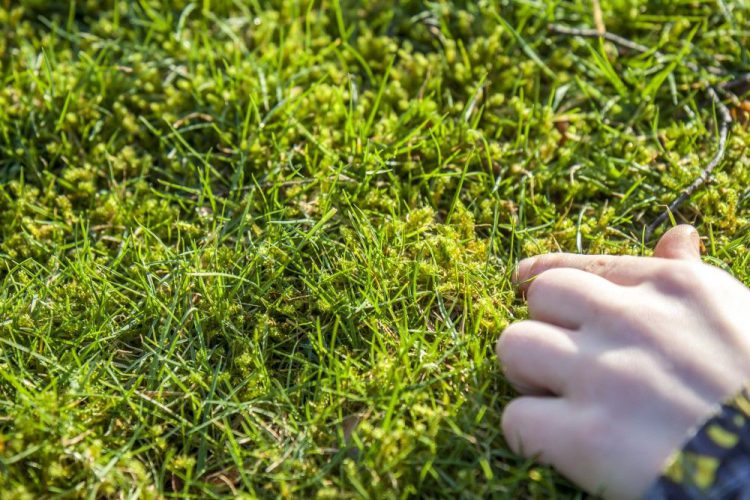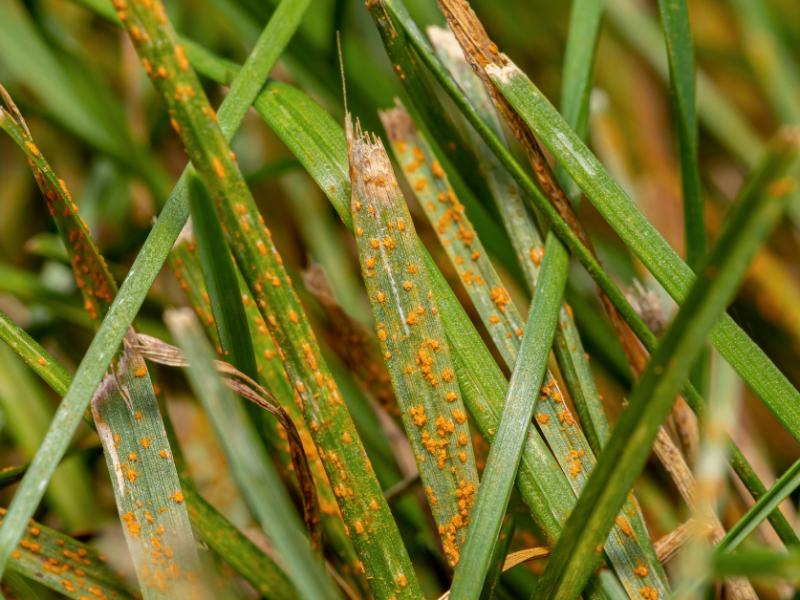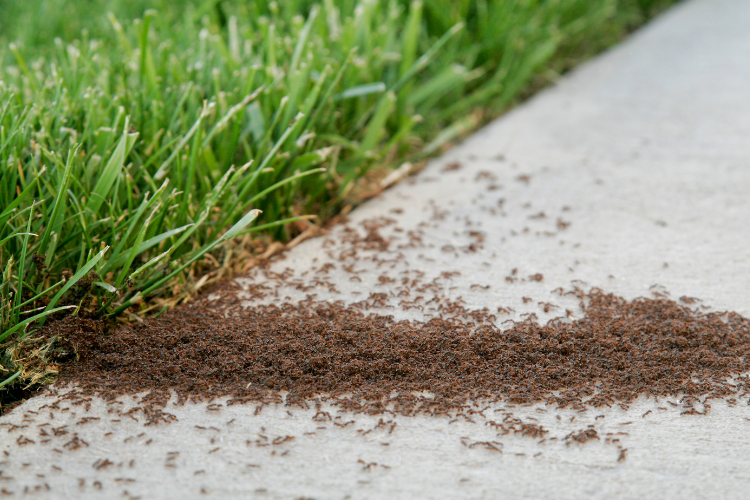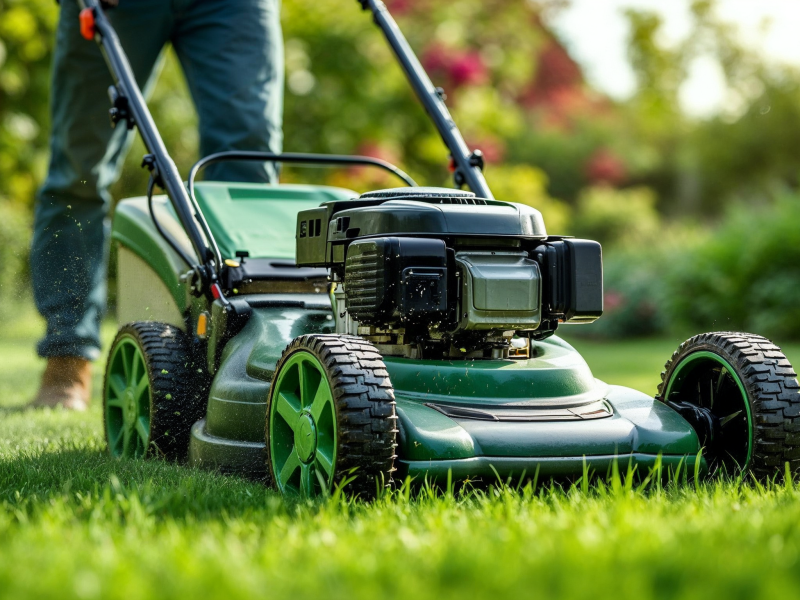Moss grows in lawns due to soil compaction and excess thatch. Shade, soil type, drainage, and incorrect lawn care practices also cause moss to grow in lawns. It’s important to remove it in order to make sure your lawn stays strong, healthy and looks luscious and green!
Causes of moss
Poor drainage
One of the major causes of moss invasion is the collection of water on the surface of the lawn. This is most commonly caused by compacted soil which creates a poor drainage system for when we have rain. This means rainwater isn’t drained away and sits stagnant on your lawn, creating the perfect environment for moss.
Excessive shade
Lack of sunlight is also a contributory factor. When you have a garden that is covered by shade, you are more likely to experience moss growth. Shaded lawns are caused by buildings, trees, plants and other vegetation in the garden. For this reason, it’s prevalent during winter as there is less sunlight than in the warmer months.
Poor mowing practices
If your lawn is mown too short during the growing season, it can be placed under stress and leave it thin and weak. This allows moss and other weeds to have a great opportunity to invade any weak or bare areas on your lawn. If your lawn has any sparse areas over winter, then it is very likely that moss is going to invade this area and become an issue. To retain a healthy, green appearance your lawn should not be mowed less than 25mm in height. During warm, dry periods you should increase the height of cut to 40-50mm to retain moisture and a green appearance.
Neglect
A lawn that is neglected and not treated properly can lead to the perfect environment for moss to infiltrate. Garden maintenance such as scarifying and aeration should be carried out regularly to keep your lawn healthy and prevent it. Neglecting these treatments will be detrimental to the health of your lawn.
Preventing & treating moss
Lawn treatment
It is important to keep your lawn treated. At Greensleeves, our specially formulated treatment keeps moss under control. Treatments are applied throughout the year to keep it in check and encourage the grass to thrive.
Reduce shade
Reducing shade and allowing more sunlight to reach the grass can help stop moss growing. Cut back any overhanging plants or trees to allow more natural light to reach your lawn.
Leaves
It is also important to ensure when autumn comes, and the leaves are falling that you clear your lawn often. Leaves covering your lawn create a damp environment where sunlight cannot infiltrate.
Aeration
If your moss is caused by a drainage issue, regular hollow tine aeration can resolve this and promote a healthy lawn. Hollow tine aeration allows better drainage throughout the soil, which stops the area from being overly damp.
Scarification
Scarification removes a layer of moss and therefore gives the grass a better chance of growing and taking over the lawn.





